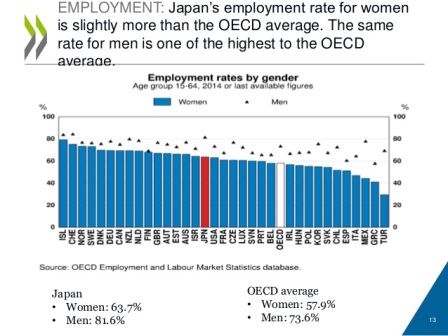Hasegawa: “We cannot achieve our goal of integrating Japan with the world and prosper unless we are ready to integrate ourselves with the peoples of the world community.”

Question: Prime Minister Shinzo Abe announced on 20 May that Japan would accept 150 Syrians over a period of five years as exchange students. What is your view?
Hasegawa: It’s a first step forward. But, the number of 150 is minuscule compared with 12,000 students and trainees I proposed in an opinion article contributed to Asahi Shimbun on 2 April 2016.
Question: Japan has already provided much financial assistance for Syrian refugees and displaced persons. Don’t you think this is not enough?
Hasegawa: You are right that Japan has made a considerable amount of financial contributions for humanitarian and peacebuilding operations. Last year in his speech at the United Nations, PM Abe announced Japan’s intention to increase financial assistance for Syrian and Iraqi refugees and internally displaced people to about $810 million for the year. This is a considerable amount that was appreciated by the international community.
Question: Are you implying that the decision PM Abe had made to provide financial contributions in support of Lebanon, Jordan and Turkey in managing refugee camps was a right one and that the European countries are not expecting Japan to accept refugees also?
Hasegawa: Yes, it was right for Japan to provide financial and technical resources for the refugee camps in these neighboring countries. Much of these financial contributions are channeled through UNHCR and other UN organizations for their programs in these countries as well as Syria and Iraq. This is along the line of the new approach proposed by the European countries at the Ise-Shima G7 Summit. It is significant that EU Council President Donald Tusk has now acknowledged a critical need for increasing international assistance to host communities as “a global public good” which should be financed by the global community. He asked the G7 leaders to encourage the World Bank and other international financial institutions to make available financial resources. The important point to understand here is that Mr. Tusk has also suggested that there should be common resettlement schemes and other legal forms of migration around the world. It was a gentle suggestion that the international community including Japan should develop a new common approach in addressing the problem of refugees and migrants. It should be regarded as an invitation for Japan to provide new ideas as well as financial resources for helping refugees.
Question: Then, why isn’t the Japanese government accepting more refugees?
Hasegawa: It is because the main concern of the Japanese government goes beyond finance and economics. It is the social implications of the result of the settlement of gaijin, or outsiders. Any inflow of a large number of gaijin people is considered as a potential cause for severe social tensions and ultimately change not only the population composition but also the fundamental values and traditions of the Japanese society. The Japanese are used to live in a society that has closely shared values, customs and ethical norms as well as common heritage, ethnic ancestry, and sense of beauty. The extremely low rates of crimes and social disorders in Japan is attributable to the homogeneity of people and their shared values and norms. By the way, this is not unique to Japan as explained first by Greek philosopher Herodotus and later developed by Anthony Smith and other scholars. According to them, ethno-symbolism and ethno-nationalism provide a synthesis of modernist and traditional views of what constitute a nation. Ethno-symbolism stresses the importance of symbols, myths, values and traditions in the formation and persistence of the modern nation state. Smith finds in a nation people sharing an historic territory, common myths and historical memories. According to the ethno-nationalism theory, nations have dominant ‘ethnic cores’ and have premodern origins although nationalism is a modern phenomenon, but its validity is eroding with the advent of globalization of not only capital and technical know-hows but also labor and people. Some countries such as Germany and the United States are benefiting from the steady inflows of foreign workers.
Question: Are you saying that acceptance of refugees and migrants are helping European and North American countries to grow, while Japan is not because of the ethno-nationalism?
Hasegawa: I am saying that they are contributing to the growth of goods and services of these countries. While there are additional financial requirements in a short run, the additional population will in a long run redress the negative consequence of the rapidly shrinking productive population of the country like Japan. They will add to the productive population and increase the demand for consumption and durable goods. It would help solve the problem that most of the advanced countries have in not making full use of their production capacity. To put it simply, additional manpower as producers and consumers of goods and services will expand the economy of host countries. For example, any increase in employment and labor force, be they natives or migrants, would increase demands for housing and other social infrastructure services which will add to GDP. An addition of productive people will help address the fundamental problem faced by Japan, i.e. the projected steady decline in its labor force. As shown in the chart on the growth of labor force in the United States and other countries, the labor force growth in the US and the decline in Europe and Northeast Asian countries shows contrasting trends. The steady increase in labor force in the United States has resulted mainly from the annual inflow of a million immigrants to the country and its relatively high fertility during the last ten years.
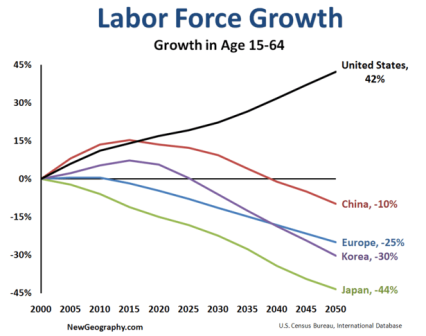
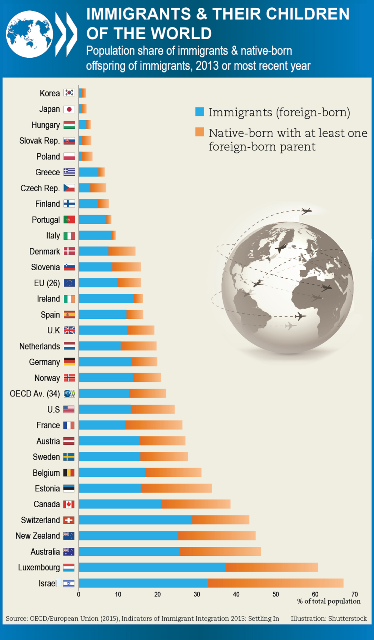
Question: If the Japanese government leaders remain ethno-nationalist and keep the country closed for outsiders, how can they revive the economy and increase Japan’s GDP?
Hasegawa: Well, it`s a major challenge. PM Abe hopes to achieve the necessary increase in labor force by liberating Japanese female workers and tapping older people who want to engage in productive work. Last September in New York, he said that it was more important to create employment opportunities for more Japanese women and older people. I think it is possible for a larger number of older people to be engaged in productive work as the more share of GDP becomes service oriented rather than physical labor. Intellectual capacity of human beings decline with age less than physical strength.
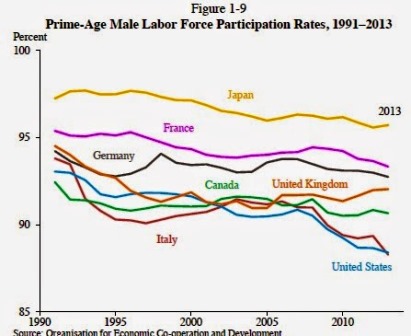
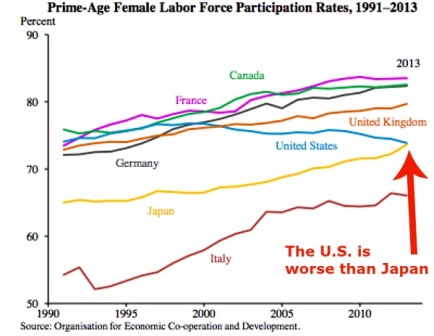
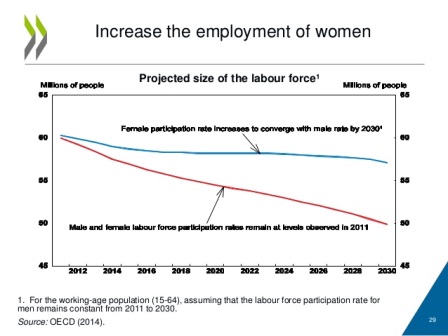
Question: What is the significance about what PM Abe proposed this time?
Hasegawa: This time, Prime Minister declared that Japan would help Syrians directly to enhance their skills and technical capacity by not only accepting Syrian students but also sending Japanese technicians to train Syrians in refugee camps and other places. Trained Syrians will no doubt contribute to reconstruction of Syria once peace and stability are restored. This approach is similar to my own proposal made in the opinion article contributed to Asahi Shimbun. The difference is that there is enough room for young skilled and educated Syrian people to work as researchers, teachers and trainees in Japan without taking jobs away from Japanese women and other people. Please check my explanation provided in http://www.shasegawa.com/archives/14260.
Question: After their study in Japan, will the Syrian students be sent back to Syria or the camps they come from?
Hasegawa: Several people have asked me similar questions. There are opportunities for foreigners to extend their stay in Japan if they can be gainfully employed. There are visas they can apply for highly-skilled foreign professionals. Please see the guidebook available in English about the points-based preferential immigration treatment for highly-skilled foreign professionals. My concern is the fact that not so many skilled foreigners want to stay in Japan. As IOM Director General William Swing said in Shinagawa City in 26 February 2016, Japan must diversity its workplace in order to compete effectively in global labor market. But, be aware that global competition for labor is intense.
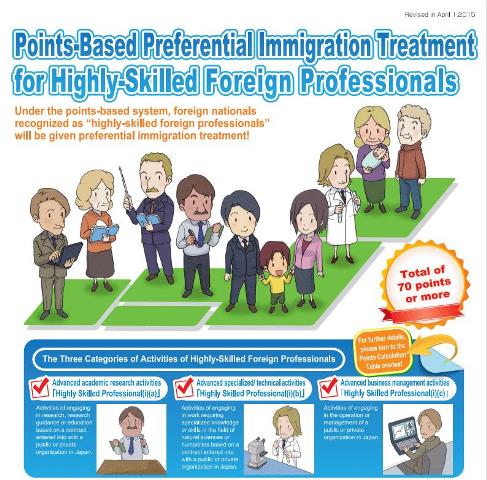
Question: What is your rationale for suggesting that Japan should find its own way to accept more foreigners?
Hasegawa: My rationale is that the Japanese should recognize that their country is part and parcel of the international community. Japan should plan and manage the inflow of foreign workers in an orderly manner. Unorderly and massive inflows of foreigners cannot be sustained, while a reasonable number of students and educated people can be managed in a sustainable manner. As an independent sovereign country, Japan should therefore need to find its own way to addressing the shortage of productive population. Don`t accept blindly solutions developed by other countries because the conditions are different from one country to another.
Question: While your rationale may make sense, please explain the reason for the Japanese to feel that they should preserve their identity by keeping Japan basically closed to outsiders or gaijin people and how the Japanese can change their image of themselves and address the problem?
Hasegawa: The Japanese feel that Japan started as a nation as explained in Kojiki and Nihon Shoki, the first books explaining the origin of Japan. But, anthropologists say our ancestors had come from the Eurasia Continent through Siberia, China, Korea and Southeast Asia.
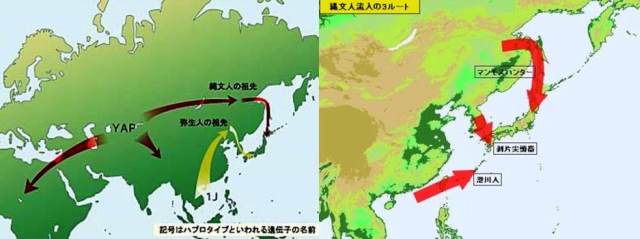
To address the problem of the gap between perception and reality, my suggestion is to elevate ourselves above the level of consciousness or awareness of what we are and what we can be. It is possible to find a win-win solution so that Japan can be as vibrant and prosperous for many years to come by reducing the gap between what we think we are and what we can be.
Japan cannot remain isolated in the world community just as, 150 years ago, the Tokugawa Shogunate could not keep Japan physically closed and stay aloof from the rest of the world. We have since opened the country and changed the economic structure of our society resulting rapid growth of trade and commerce that created a prosperous country. Let us think of the possibility for Japan to continue prospering as part and parcel of the interdependent world and for the Japanese to integrate ourselves with the peoples of the world community. For this to happen, it is necessary to make a paradigm shift and find a new way of finding a new solution to a new problem.
As Einstein said, “We cannot solve our problems with the same thinking we used when we created them.” To this saying, I add “We cannot achieve our goal of integrating Japan with the world and prosper unless we are ready to integrate ourselves with the peoples of the world community.”

